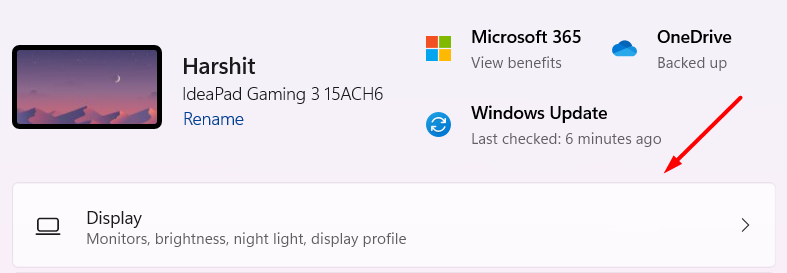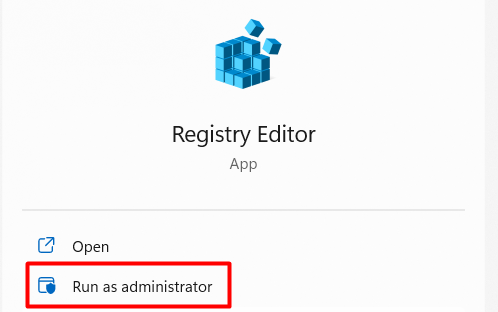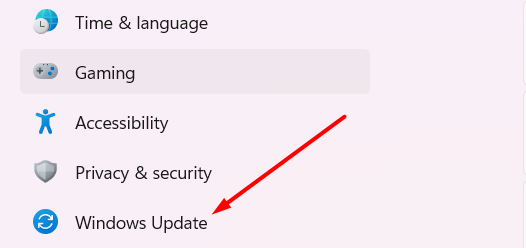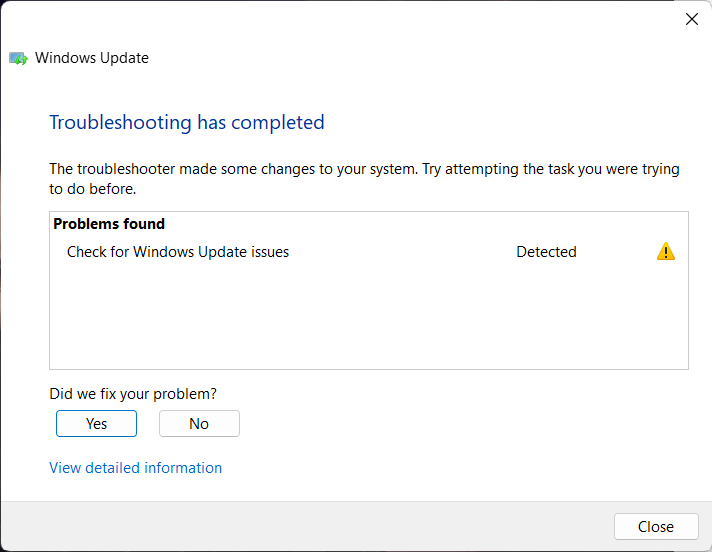According to the Windows 11 users, they aren’t getting the layout options when trying to access it either by hovering the arrow on the Maximize icon or using the shortcut keys. If you’re also dealing with a similar kind of issue, we have a few troubleshooting methods to resolve this issue on your Windows 11 PC. You can follow us to overcome Snap Layouts not working issue with our possible workarounds.
Who’s the Culprit Behind the Snap Layouts Not Working Issue?
One of the easiest ways to access the Snap Layouts is using the Win + direction keys. However, users can’t access the Snap Layouts feature using this method for some reason. Here are some of the most common causes of this issue:
Snap Layouts Option Is DisabledThird-Party Applications InterruptionsLow Screen ResolutionIncompatible AppsMismatched Registry Key Value
Best Tried & Tested Fixes To Fix Snap Layouts Not Working Issue in Windows 11
Before trying the mentioned workarounds, we suggest assuring whether the issue is with a particular app or all the applications on your system. In most cases, the issue is found with a few apps only because of incompatibility with the feature. Once this is checked, you can implement the below-mentioned solutions to resolve the Snap Layouts not working issue on your Windows 11 PC.
1. Change the Screen Resolution
The Snap Layouts feature shows six different layout options. But, according to some users, it isn’t showing more than four layout options to them. One of the reasons behind this could be the low screen resolutions. In that case, changing the display resolution is one of the solutions that can resolve the issue. Here are the steps to change the screen resolution in Windows 11:
- First, open the Settings app using the Windows + I shortcut key.
- Now, head to the Display settings.
- After that, select the highest screen resolution from the Display resolution dropdown menu. After setting up the screen resolution to the highest value, you should be able to use the Snap Layout feature with ease.
2. Remove Similar Apps From the System
Another common reason for this issue could be using a similar app to adjust tabs and windows. There are several third-party apps, such as PowerToys, AquaSnap, FancyZones, etc., that let you do the same thing as Snap Layouts. If your system has any of the mentioned apps or similar ones, delete them immediately, as they can conflict with the built-in Snap Layout feature. Below are the steps to uninstall an application in Windows 11:
- Use the Windows + R shortcut key to open the Run program.
- After that, type appwiz.cpl in Run and press Enter.
- Then, choose the app you want to remove from your system and right-click on it.
- Lastly, select Uninstall from the contextual menu. Once similar applications are uninstalled from the PC, try using the Snap Layouts option again to check whether it’s working fine.
3. Re-Enable the Snap Layouts Feature
Sometimes re-enabling the feature makes the non-functioning feature work. Thus, we suggest the same in this case too. You can try re-enabling the Snap Layouts option from the Multitasking settings to see if it resolves the issue. Follow us doing the same in the below-mentioned steps:
- Firstly, open the Settings app.
- Then, head to the Multitasking section in the Settings app.
- Lastly, click on the Snap windows toggle to disable it. You need to click on the Snap windows toggle to enable it. Note: You’ll see Off written beside this when it is disabled. That’s it. You should now be able to use the Snap Layouts feature without any issues. If this doesn’t resolve the issue, continue following the remaining solutions.
4. Instantly Enable Snap Layouts via Registry
If enabling the Snap Layouts option from Settings doesn’t resolve, you can try an alternative to this. You can enable Snap Layouts from the Registry Key Editor. You can follow the below-mentioned steps to turn on Snap Layouts from the Registry settings:
- First, press the Windows key to get the Windows Search Bar.
- Now, type Registry Editor in the Windows Search Bar.
- After that, open the Registry Editor app with administrative rights.
- Once the app is opened, navigate to the mentioned location in the Registry Editor app:
- Following that, right-click on the empty space, hover the arrow on the NEW option, and select DWORD (32-bit) Value from the sub-menu.
- Now, name the new key as EnableSnapAssistFlyout and save it.
- Once the key is named as EnableSnapAssistFlyout, double-click on the EnableSnapAssistFlyout key and enter 1 in the Value data column. Once the steps mentioned above are performed carefully, close the Registry Editor app and restart the PC once to see the changes made. You’ll now be able to use the Snap Layouts feature without any inconvenience.
5. Use Keyboard Board Shortcuts To Access Snap Layouts
If you can’t access the feature by hovering the arrow on the Maximize icon of the tab, we have an alternate way for this too. You can use the Windows + direction keys to adjust the windows accordingly. The best part is this solution works for everyone without such issues.
6. Update Windows 11 to the Latest Build
Microsoft hasn’t released the final version of this Snap Layouts feature. Thus, Microsoft will release more updates to make this feature much better. It could be possible that those updates also bring the solution to this issue. In that case, we suggest keeping your Windows 11 PC updated by installing all the pending Windows 11 updates. You can follow the below-mentioned steps to update the PC to the install latest updates:
- Firstly, press the Windows + I key combination to open the Settings app.
- Then, move to the Windows Update section from the left-navigation pane.
- Now, click on Check for Updates option to let the system search for pending Windows 11 updates.
- In the end, click on the Download & Install button in case some updates are available.
7. Use Windows Troubleshoot
If you haven’t received any update that could have solved the issue, then we suggest using the Windows Update Troubleshooter once. This troubleshooter will help you ensure that there aren’t any issues with the update receiver and installer, resulting in delayed updates. Below are the steps to use the Windows Troubleshooter:
- To do so, open the Settings app.
- Then, move to the Troubleshoot section to access the built-in troubleshooter.
- Once headed to the Troubleshoot section, click on Other troubleshooters.
- Click on the Run button beside the Windows Update troubleshooter.
- Once the troubleshooter finds some issue in the computer, apply them, and you’re good to go.
8. Run SFC & DISM Scan To Fix Corrupted Windows Files & Disk Image
Unfortunately, corrupted system files and disk image could also be one of the causes of this issue. Thus, it’s recommended to conduct regular SFC, and DISM scans to ensure all the system files are in perfect condition and create a problem. In this case, we also suggest conducting SFC and DISM scan using the below-mentioned steps:
- First, open the Terminal app with admin rights.
- Then, copy-paste the mentioned command in the Command Prompt: Once the above-mentioned command is executed, the scanner will start repairing all the corrupted system files by replacing them with the cached version. After completing the SFC scan, copy-paste the mentioned command to initiate the system image repairing process in the Terminal app.
9. Refresh Your Windows 11 PC
Refreshing the system refers to resetting the system without clearing the applications and other data stored on the hard drive. Usually, nine out of ten times, resetting the system resolves the issue, and it’s also a good practice to enhance the system’s performance. You can follow the below-mentioned steps to reset your Windows 11 PC:
- To start, open the Settings app and head to the Recovery section.
- Then, click on Reset PC under the Reset this PC section.
- In the end, select the Keep my files option to reset everything except the data stored on the drive.
Bonus: Try Hidden Feature To Access Snap Layouts
Yet, there are very few chances that the above-mentioned solutions won’t resolve the issue for you. But, in case you found yourself unlucky this time, fret not. We have something exclusive that will indeed help you overcome this issue. One of the most common but not so popular ways to access the Snap Layouts option is by dragging the tabs and adjusting them accordingly. Many Windows 11 users don’t know about this much, but you know it now. So, use it following the below-mentioned steps:
- Firstly, open the Settings app and move to the Multitasking section.
- Then, click on Snap windows to open additional options.
- Finally, check the Show snaps layouts when I drag a window to the top of my screen checkbox. After enabling the option, drag the windows from the top middle part and adjust them into the layout options accordingly. You can now manage all the tabs and windows this way, also.
How Do I Enable Snap Layout in Windows 11?
Start with opening Settings on your Windows 11 PC. Then, move to the Multitasking section of the Settings app. After that, click on the Snap windows toggle to enable the Snap Layouts option.
How Many Snap Layouts are There in Windows 11?
There are around six snap layouts in Windows 11, and this is how they are divided:
Two windows80/20 screen splitThree equally sized windowsThree unequally sized windows50:25:25 screen splitFour equally sized windows (25:25:25:25)
How Do I Align Windows in Windows 11?
One of the ways is to use the Windows key and the directional keys on the keyboard to align tabs. Another method to do the same is hovering the arrow on the Maximize icon at the top left side of the tab.
Why Can’t I Maximize a Window Windows 11?
One of the most common reasons behind this is known to be the incompatibility of the Snap Layouts feature with the apps or vice versa. Some other reasons could be third-party app interruptions, incorrect settings, etc.
How Do You Screenshot on Windows 11?
One of the easiest ways to take a screenshot on Windows 11 is using the Function + PrtScn shortcut key. You can also open the Snipping Tool from the Windows Search Bar to take a screenshot on a Windows 11 PC.
Finally, Fixed the Snap Layouts Not Working Issue in Windows 11
Snap Layouts really bring smoothness to the workflow by quickly assigning a different space on the screen to each tab. You can work seamlessly on multiple tabs at once without closing them one or another. Snap Layouts is a worthy addition to the new Windows 11, but it’s not entirely compatible with all apps. Because of this, many users are facing issues with it. Fortunately, there are some solutions to resolve the Snap Layouts not working issue. Otherwise, it would have affected the user experience much more. You can implement the above-mentioned workarounds to eliminate this issue immediately.
























